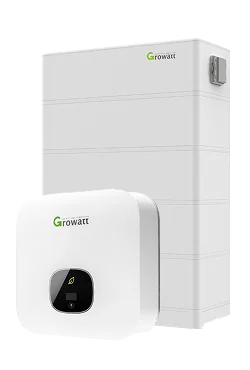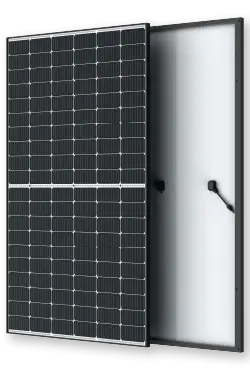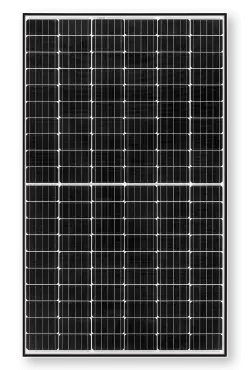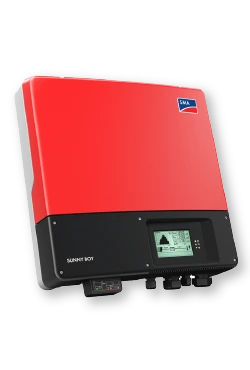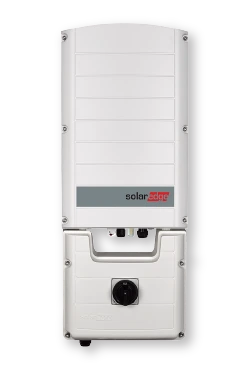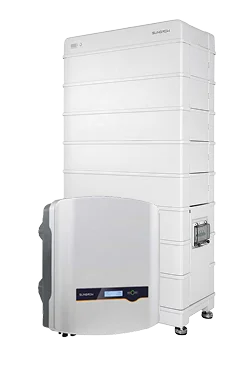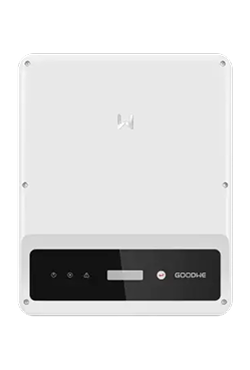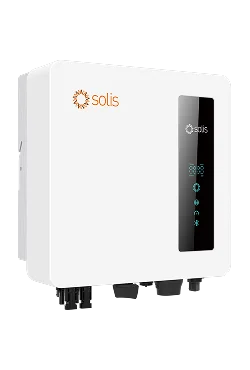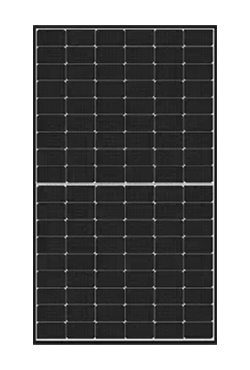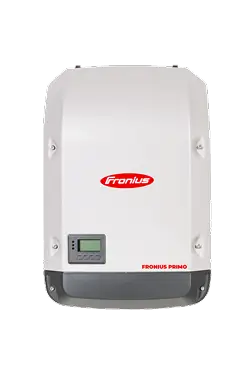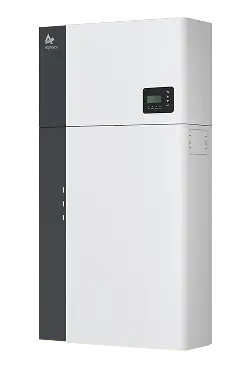
What would be considered the optimal size for a solar power system for a home in Australia?

19 April, 2024.


Introduction
Solar power has emerged as a shining star in Australia's energy landscape, with an ever-growing number of households harnessing the abundant sunshine to power their homes. As concerns about climate change and rising energy costs continue to mount, the appeal of solar energy has never been stronger. However, amidst the excitement of going solar, one crucial decision looms large: determining the optimal size for your solar power system.
Choosing the right size for a solar power system isn't just about fitting panels on your roof; it's about maximizing energy production and ensuring cost-effectiveness over the long term. Whether you're a homeowner looking to reduce your carbon footprint or simply eager to slash your electricity bills, getting the size of your solar system right is essential.
Understanding Solar System Sizing
When it comes to sizing a solar power system for your home in Australia, several factors come into play, each influencing the optimal size to meet your energy needs efficiently. Understanding these factors is key to making informed decisions about your solar installation.
Factors Influencing System Size
- Household Energy Consumption : The amount of electricity your household consumes on a daily or monthly basis is a primary consideration. A larger household with high energy usage will require a larger solar system to cover its needs adequately.
- Roof Space Availability : The physical dimensions and orientation of your roof dictate how many solar panels can be installed. A larger roof with unobstructed access to sunlight can accommodate a bigger solar array, allowing for a larger system size.
- Location : The geographical location of your home plays a significant role in determining solar system size. Different regions of Australia receive varying amounts of sunlight throughout the year, affecting the energy production potential of solar panels.
- Orientation : The orientation of your roof relative to the sun's path, as well as the tilt angle of the solar panels, impact their exposure to sunlight and consequently, their efficiency. South-facing roofs in the southern hemisphere generally receive more sunlight, but panels on east or west-facing roofs might capture more energy during certain times of the day.
Components of a Solar Panel System
Residential solar systems in Australia are typically sized in kilowatts (kW) or kilowatt-hours (kWh), representing the maximum power output or energy storage capacity, respectively. Here are some key considerations when determining the size of your solar power system:
Budget and Future Energy Needs
Budget constraints play a crucial role in determining the size of the solar system. While larger systems may offer greater energy independence, they also come with higher upfront costs.
Consider your future energy needs when sizing the system. If your household's energy consumption is expected to increase, it may be wise to install a larger system to accommodate future growth.
Available Roof Space
The physical dimensions and orientation of your roof will limit the size of the solar system you can install. Ensure that you have adequate roof space and that it is unobstructed by shade from trees, buildings, or other structures.
Typical Sizing for Residential Systems
In Australia, a typical residential solar system size is 6.6 kW. This size is popular among homeowners due to its ability to meet a significant portion of household energy needs while remaining relatively affordable.
Calculating the Optimal System Size
Determining the optimal size for a residential solar system involves careful consideration of various factors, including energy consumption, location, roof characteristics, and budget. Here's a step-by-step guide to help you calculate the ideal system size for your home:
Step-by-Step Guide
- Assess Your Energy Needs : Start by reviewing your electricity bills to understand your household's average monthly and yearly energy consumption. Identify peak usage periods and energy-intensive appliances or devices.
- Conduct an Energy Audit : IPerform an energy audit to identify opportunities for energy efficiency improvements. Consider upgrading to energy-efficient appliances, improving insulation, or implementing smart energy management practices to reduce overall energy consumption.
- Estimate Solar Potential : Use online tools or calculators specifically designed for solar energy estimation. These tools consider factors such as your location, roof orientation, tilt angle, and shading to estimate the solar potential of your property.
- Size the System : Based on your energy consumption data and solar potential estimates, determine the size of the solar system needed to meet your electricity needs. Aim to cover a significant portion of your energy consumption while considering budget constraints and available roof space.
- Consult with Solar Professionals : It's advisable to consult with experienced solar energy professionals to validate your calculations and recommendations. They can provide expert guidance tailored to your specific needs and circumstances.
Conclusion
In conclusion, determining the optimal size for a residential solar system in Australia is a crucial step towards maximizing energy production, minimizing costs, and reducing environmental impact. Throughout this guide, we've explored the key factors influencing solar system sizing and provided practical advice for homeowners embarking on their solar journey.
We encourage homeowners to take advantage of solar power as a sustainable and cost-effective solution to reduce energy bills and environmental impact. By investing in solar energy, you not only lower your electricity costs but also contribute to a cleaner, greener future for our planet.
If you have any further questions or need assistance in choosing the right size for your solar power system, we're here to help. Feel free to reach out for personalized advice and information tailored to your specific needs. Let's harness the power of the sun together and make a positive impact on our lives and the world around us.

Brands We Install
Harness Renewable Energy and Reduce Carbon Footprint
Power Up
Your Savings


